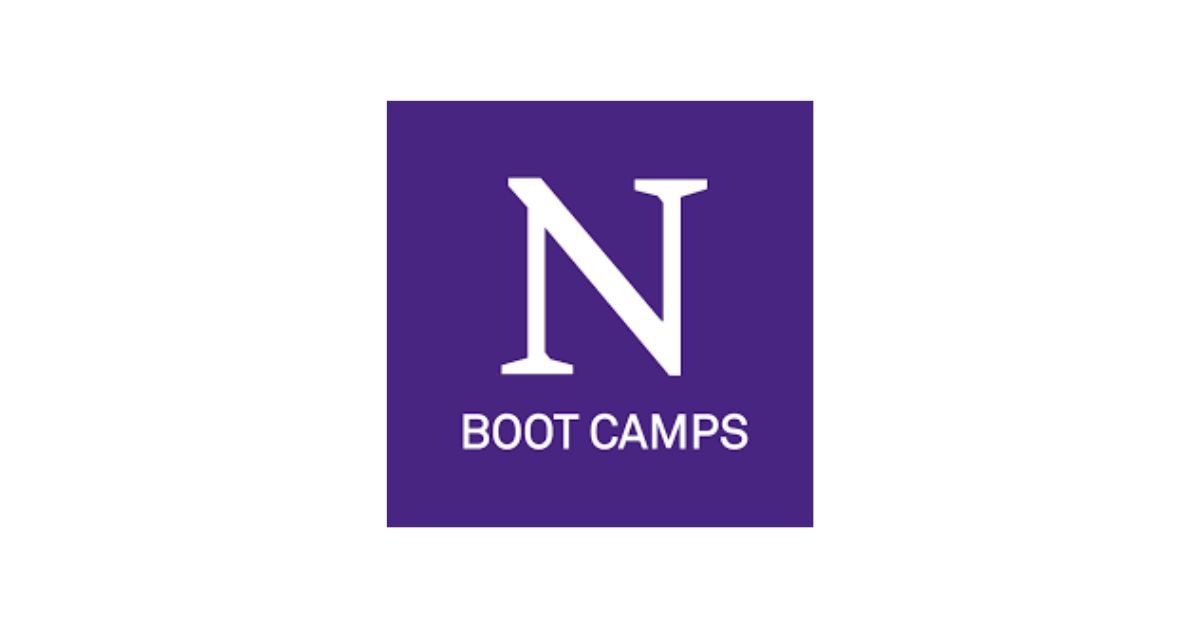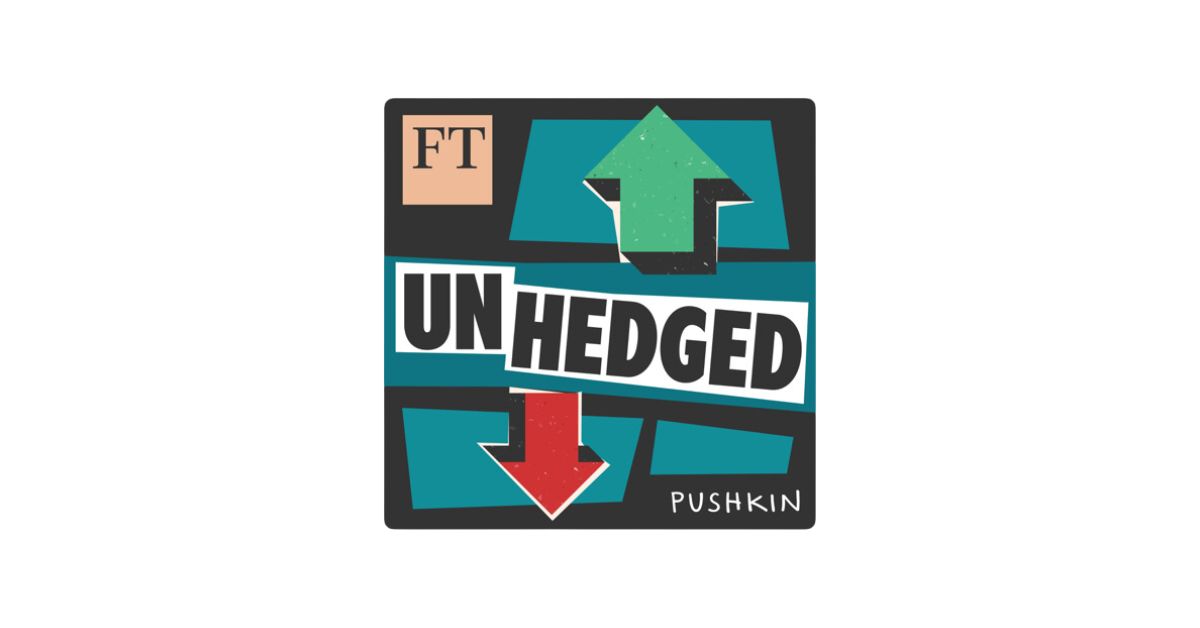How Hybrid Work is Breathing New Life into Commuter Towns
May 14, 2024, 5 min read
Remember the days when “commuter town” conjured images of soul-crushing commutes and sprawling suburbs devoid of character? Well, buckle up because a revolution is brewing, fueled by the rise of hybrid work. Forget the tired tropes – commuter towns are on the cusp of a renaissance, poised to become vibrant hubs of life and community. It is anticipated that by 2043, the accelerated adoption of hybrid working could lead to a 120% increase in skilled workers choosing to work from local flexible workspaces.
Think of it as the “Goldilocks effect” of work-life balance. Big cities, while offering a plethora of entertainment options, often come with exorbitant costs, cramped living spaces, and that dreaded daily grind. Rural living, on the other hand, provides tranquility but can feel isolating and lacks career opportunities. Enter the commuter town, the sweet spot offering the best of both worlds.
Here’s why hybrid work is the secret sauce for this exciting transformation:
A hybrid work model significantly enhances work-life balance, resulting in improved health and overall wellbeing benefits. Learn more why?
The Local Economy Gets a Boost
Imagine bustling cafes, thriving local businesses, and a tangible sense of community. With more white-collar workers spending weekdays in their commuter towns, local economies are set for a significant upswing thanks to hybrid arrangements. Picture independent coffee shops replacing chain stores, locally sourced produce gracing farmers’ markets, and vibrant art scenes flourishing.
The Spending Power Shift
Studies predict a substantial surge in face-to-face spending in retail, food and beverage, and entertainment in these revitalized towns. Imagine the local bakery thriving on increased foot traffic or the independent bookstore becoming the heart of the community. This isn’t just about economics – it’s about fostering a sense of belonging and connections with local businesses.
Welcome, New Neighbors!
The influx of hybrid workers migrating from big cities will further fuel this growth. Think fresh perspectives, diverse backgrounds, and a renewed energy. Emerging towns are particularly ripe for this transformation. Imagine a young couple relocating from a cramped city apartment to a charming townhouse in a commuter town, bringing their entrepreneurial spirit and desire for a more connected life.
A Win-Win for Everyone!
The benefits of hybrid work are well-documented. Workers experience reduced stress, improved mental health, and more time with loved ones. Companies enjoy increased productivity and reduced real estate costs. The environment benefits from fewer commutes. Property owners in these commuter towns see a potential rise in value. Now, we can add the revitalization of entire communities to the list.
Reimagining the Narrative
It’s time to rewrite the narrative around commuter towns. They’re not just bedroom communities anymore. They have the potential to become thriving local hubs with excellent transportation links (think convenient public transport and bike lanes) and a focus on fostering cultural activities and entertainment options. Imagine open-air markets showcasing local artists, community gardens where neighbors gather, and even co-working spaces supporting remote workers.
The study showed that if the number of people working flexibly continues to rise, the GDP of small towns and suburbs in the UK could grow by up to 6%, and those in the US by up to 3%.
The City Gets a Makeover, Too.
While commuter towns reinvent themselves, big cities will likely morph into vibrant leisure and entertainment hubs. Think bustling art scenes, world-class restaurants, and a renewed focus on tourism and cultural events. Imagine shorter commutes for those who still need to head into the office, combined with a city pulsating with life after work hours.
The Future is a Mosaic
This is more than just a shift in work models; it’s a societal transformation. We’re moving towards a future where cities, suburbs, and rural areas co-exist in a more balanced ecosystem. Commuter towns become thriving centers of life, the countryside offers a peaceful escape, and cities cater to a more leisure-focused population.
So, are you ready to embrace the reimagined commuter town? Pack your bags, grab your laptop, and get ready to experience the best of both worlds: the peace and quiet of a community you can call home, coupled with the city’s vibrant energy just a short trip away. The future of work is here, painting a picture of a more connected, thriving world – one commuter town at a time.
Sustainable Future
Going hybrid is a crucial step toward a sustainable future. We support eco-friendly work practices across all our locations. Reduce your carbon footprint by commuting less and attract environmentally conscious talent. Improve your company’s appeal and join us in creating a greener workplace.
Quick Stats:
- The proportion of hybrid workers will be between 55% and 65% on average.
- Days spent remote working will be between 2.5 and 4 days per week.
- The proportion of remote working done from a flexible space will be between 15% and 30%.
Let’s Sum-Up
Hybrid working is a big win for both employers and employees. Employees who can work hybrid are happier, healthier and more likely to stay with their company. This is especially important because most people (87%) prefer hybrid work and many (77%) consider working close to home a job requirement. If you don’t offer hybrid work, you may struggle to attract and retain top talent.
Goldilocks Effect
The Goldilocks Effect refers to a phenomenon in which a condition or situation is just right, optimal, or perfect for a particular purpose. The term is derived from the fairy tale “Goldilocks and the Three Bears,” in which Goldilocks finds the porridge, chair, and bed that are neither too hot nor too cold, too big nor too small, but just right.
The Goldilocks Effect describes finding a balance or an optimal middle ground in various contexts. It suggests that the best outcomes often occur when something is neither extreme nor too mild but at an ideal level or position.
The concept is widely used in science, economics, technology, and environmental studies to describe scenarios where conditions are ideally suited for a desired outcome, avoiding extremes that might lead to less favorable results. The Goldilocks Effect highlights the importance of finding equilibrium and moderation to achieve the most effective or efficient outcomes.
Reference: The Commuter Town Boom Report -A new report by IWG and Arup reveals that hybrid working is set to benefit US significantly and UK commuter towns,
boosting local businesses and creating new jobs. / IWG Report
















![Fintech Companies Providing Excellent Blog Content to Bookmark [2024]](https://globalfintechmarket.com/wp-content/uploads/2024/03/Fintech-Companies-Providing-Excellent-Blog-Content-to-Bookmark-2024.jpg)